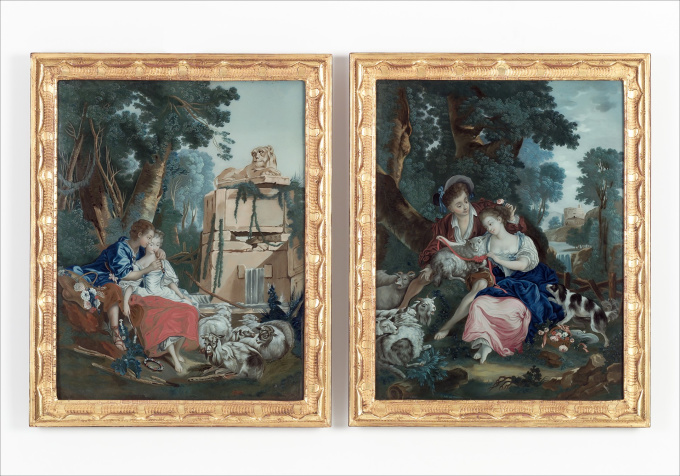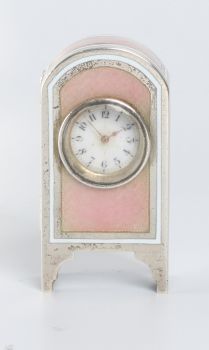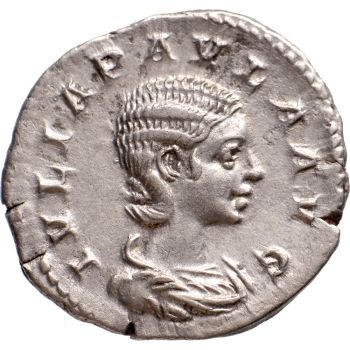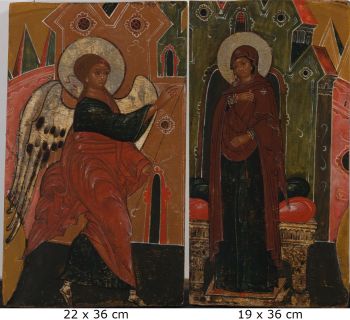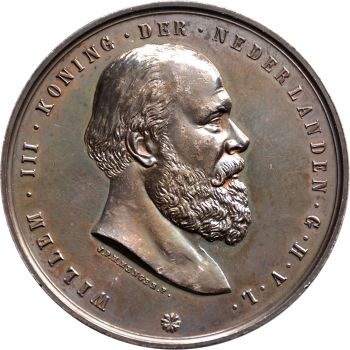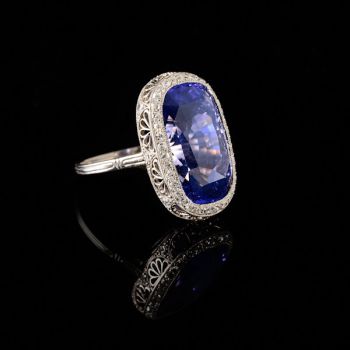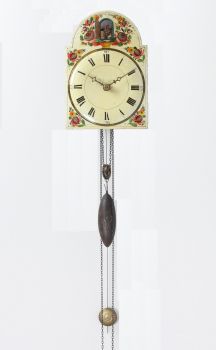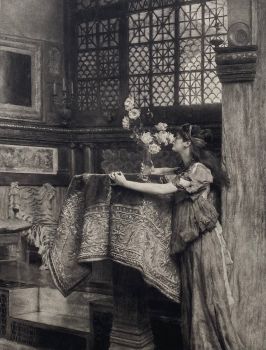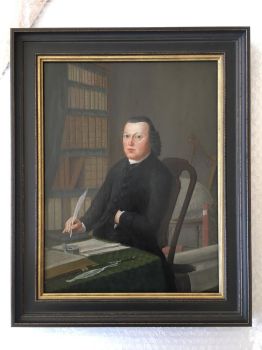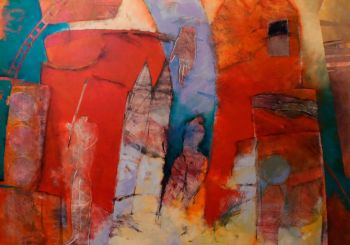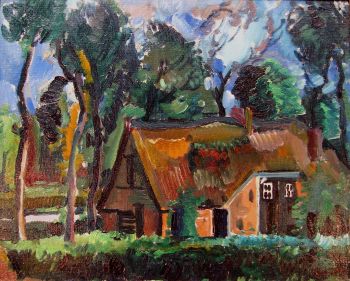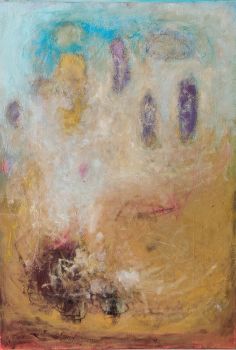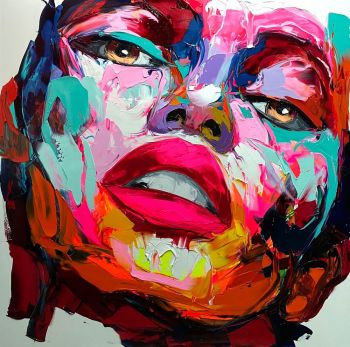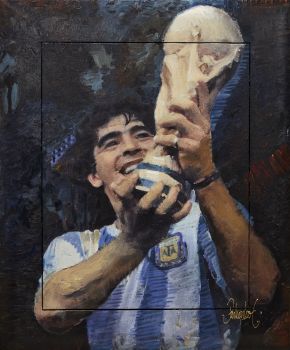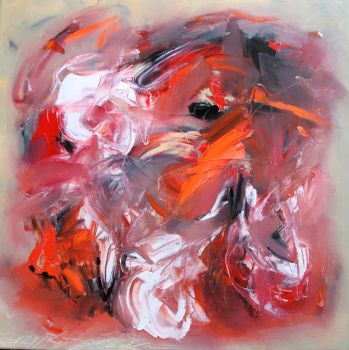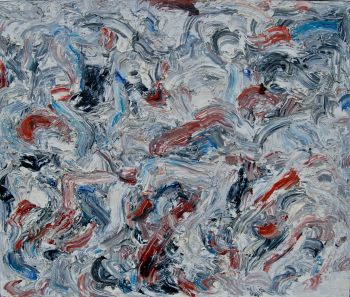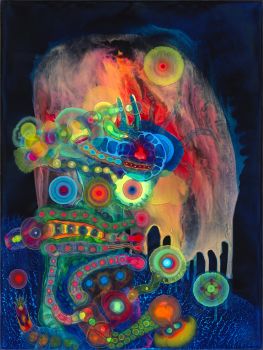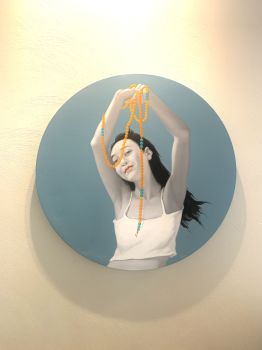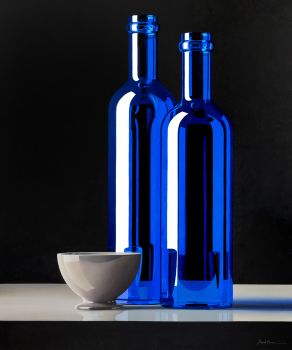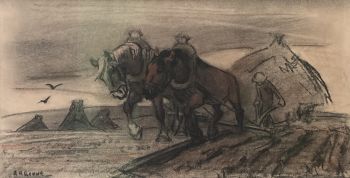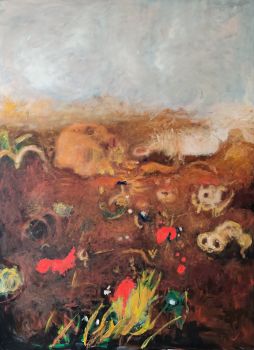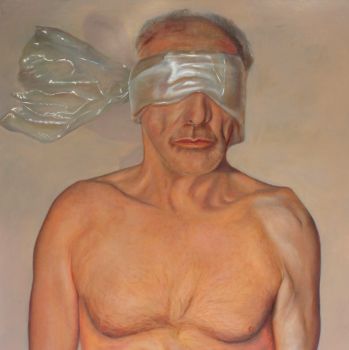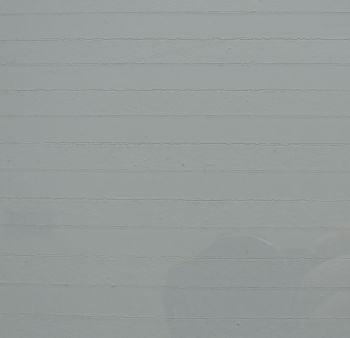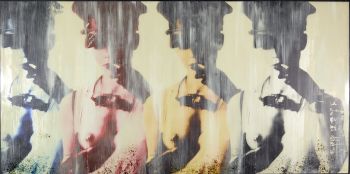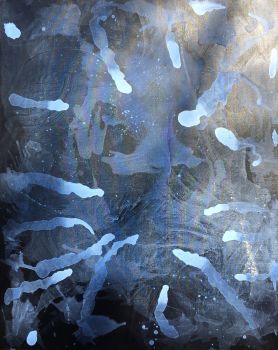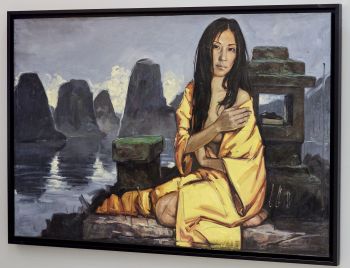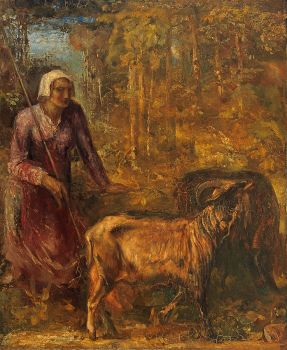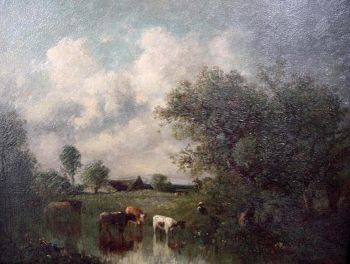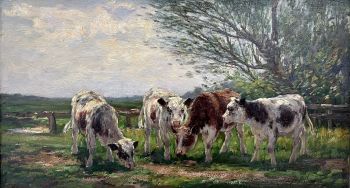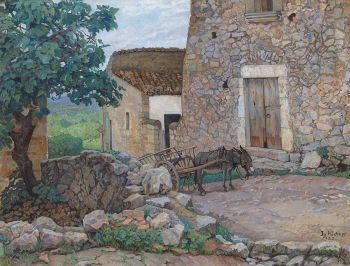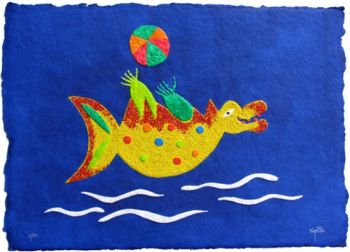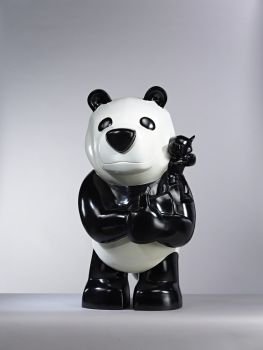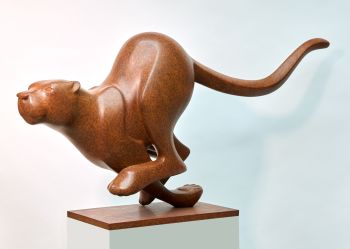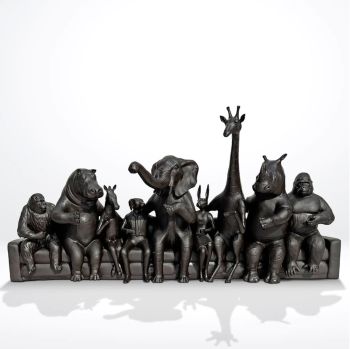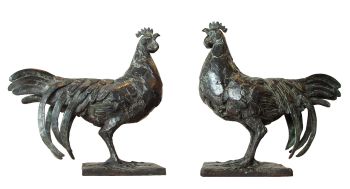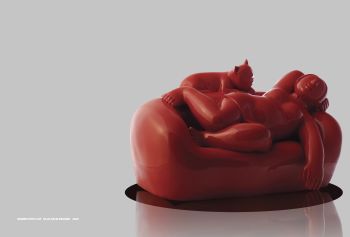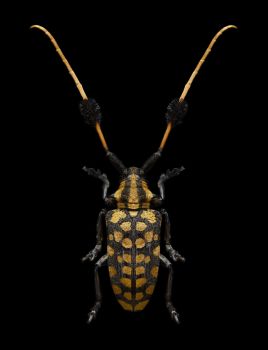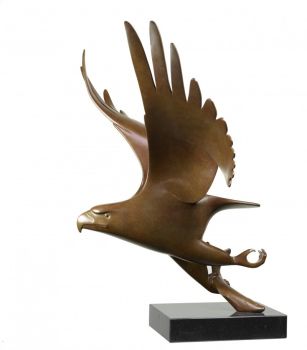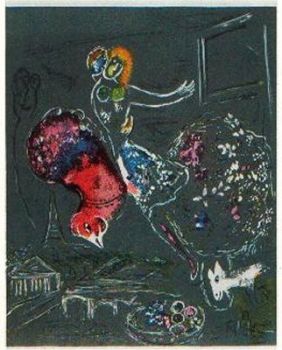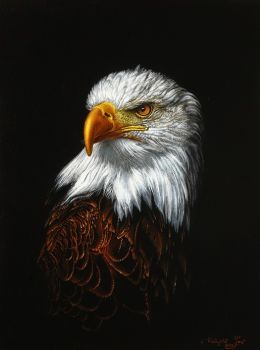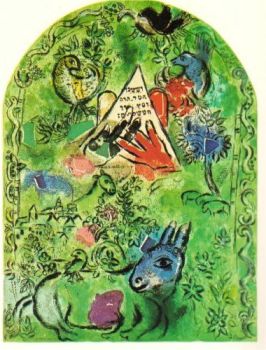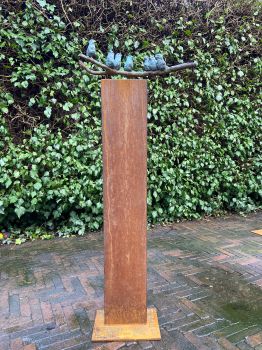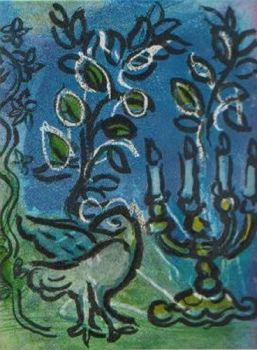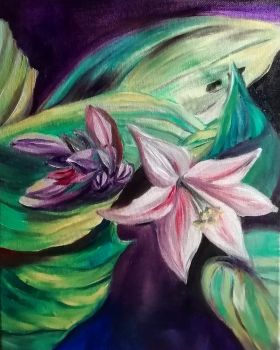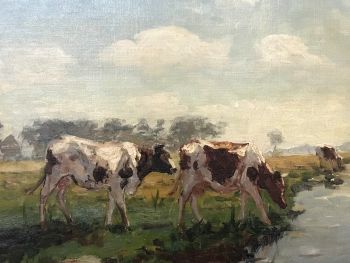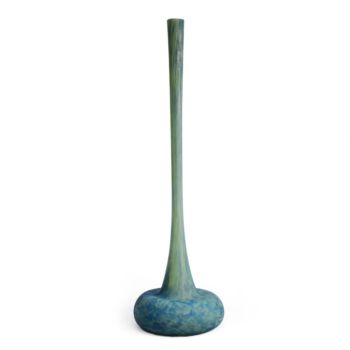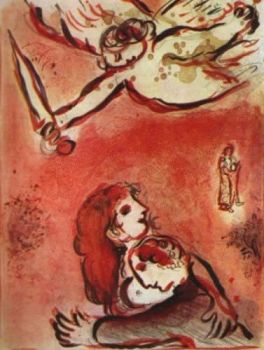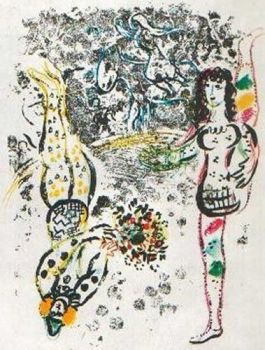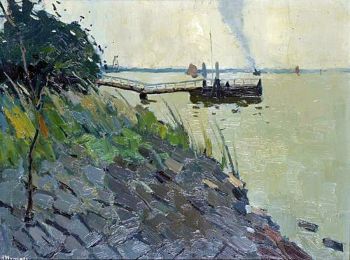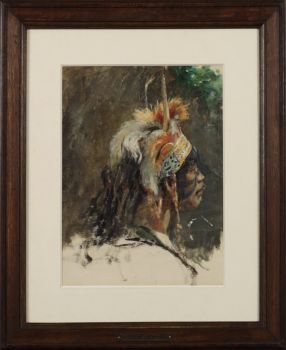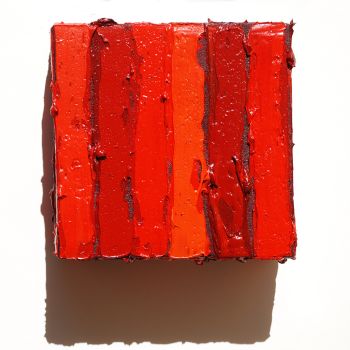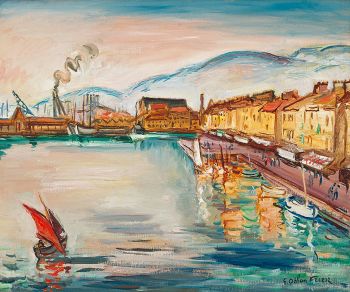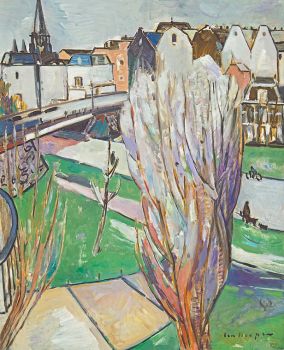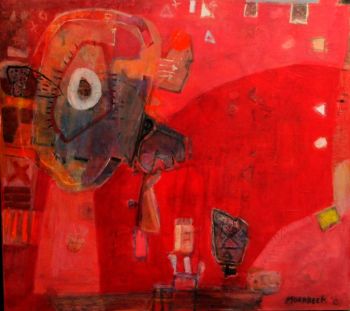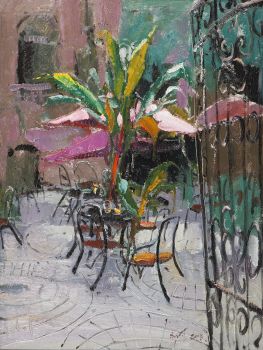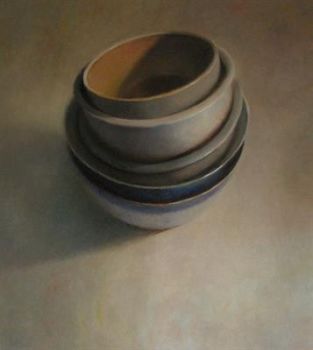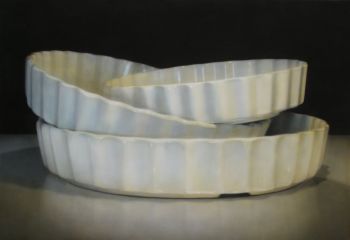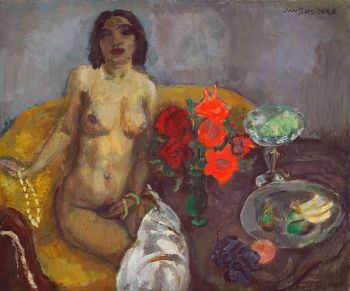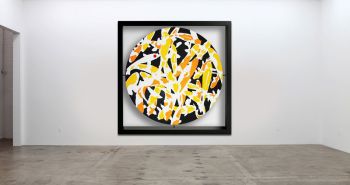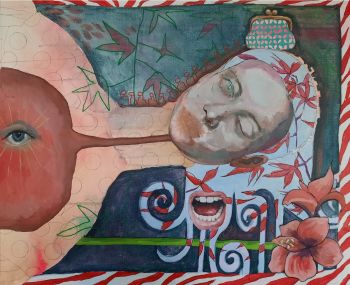Duas pinturas em espelho reverso chinesas, após pinturas de François Boucher 1774 - 1776
Artista Desconhecido
CopoEspelhoPintar
52 ⨯ 41 cm
ConditionExcellent
Atualmente indisponível via Gallerease
- Sobre arteReverse mirror paintings are very difficult to manufacture, because the image has to be applied in an unusual order. The details in the foreground are painted first and the background is added as the last step. Many of these reverse mirror paintings were made after illustrations and engravings of Boucher.
L’Agréable Leçon (the entertaining lesson)
In a landscape of trees and a picturesque fountain we see a pair of herds. Snugged up to the boy, the girl plays on his oat. Her favorite sheep is tied to a ribbon that she holds and some more sheep lie at her feet. The scene is completed with a flower basket.
The original is an oval shaped painting of Boucher of 1748 that was presented at the Paris Salon of the same year with exhibit number 19: ‘Un tableau ovale représentant un berger, qui montre à jouer de la flûte a sa bergère’. (an oval scene representing a shepherd who learns his shepherdess to play the flute).
On the Salon of 1750 it was part of item 24: ‘Quatre pastorale de forme ovale […] et la quatrième un berger qui montre à jouer de la flûte à sa bergère sous le même numéro.’
R. Gaillard made a rectangular engraving of the painting, dedicated to the count de Coigny, and gave it the title ‘L’Agréable Leçon’.
In 1752 this pastoral scene was shaped into a sculpture by an anonymous modelmaker from Sèvres under the title ‘le Flûteur’.
Le Mouton Favori
In a landscape with woods and a ruin in the background a pair of shepherds is sitting. The boy has a sheep on his lap and holds a rose over the girl’s head. The girl is ties a ribbon round the neck of a sheep. In the foreground some sheep are lying by the shepherds feet. On the right a basket with flowers and a dog.
The original of this painting has disappeared, but a rectangular engraving by R. Gaillard titled ‘Le Mouton Favori’ remained. - Sobre artista
Pode acontecer que um artista ou criador seja desconhecido.
Algumas obras não devem ser determinadas por quem são feitas ou são feitas por (um grupo de) artesãos. Exemplos são estátuas dos tempos antigos, móveis, espelhos ou assinaturas que não são claras ou legíveis, mas também algumas obras não são assinadas.
Além disso, você pode encontrar a seguinte descrição:
•"Atribuído a …." Na opinião deles, provavelmente uma obra do artista, pelo menos em parte
• “Estúdio de…” ou “Oficina de” Em sua opinião um trabalho executado no estúdio ou oficina do artista, possivelmente sob sua supervisão
• "Círculo de ..." Na opinião deles, uma obra da época do artista mostrando sua influência, intimamente associada ao artista, mas não necessariamente seu aluno
•“Estilo de…” ou “Seguidor de…” Na opinião deles, um trabalho executado no estilo do artista, mas não necessariamente por um aluno; pode ser contemporâneo ou quase contemporâneo
• "Maneira de ..." Na opinião deles, uma obra no estilo do artista, mas de data posterior
•"Depois …." Na opinião deles uma cópia (de qualquer data) de uma obra do artista
• “Assinado…”, “Datado…” ou “Inscrito” Na opinião deles, a obra foi assinada/datada/inscrita pelo artista. A adição de um ponto de interrogação indica um elemento de dúvida
• "Com assinatura ….”, “Com data ….”, “Com inscrição ….” ou “Tem assinatura/data/inscrição” na opinião deles a assinatura/data/inscrição foi adicionada por outra pessoa que não o artista
Artwork details
Related artworks
Artista Desconhecido
Anel eduardiano com mudança de cor de safira1910 - 1920
Preço em pedidoAns Hemke-Kuilboer Juwelier & Antiquair
1 - 4 / 12Artista Desconhecido
A pair of angels Antwerp, 17th century, Carrara marble17th century
Preço em pedidoFrederik Muller
Artista Desconhecido
Een Gotische zuidelijke Nederlanden wandklok1580 - 1590
Preço em pedidoNico van den Assem restauratie
1 - 4 / 24Dutch School
Chegada de um índio oriental holandês na Baía da Mesa18th century
Preço em pedidoZebregs & Röell - Fine Art - Antiques
1 - 4 / 24Samuel Dejong
Anatomia Blue Heritage, Hercules Open2017 - 2019
Preço em pedidoVilla del Arte Galleries
 Com curadoria de
Com curadoria deGallerease Magazine
1 - 4 / 24Raoul Hynckes
Riverview with scaffolding (near Kinderdijk, the Netherlands)1913 - 1924
Preço em pedidoKunsthandel Pygmalion
1 - 4 / 24

